How to Grow Meyer Lemon Tree Indoors: Complete Meyer Lemon Tree Care Guide for Indoor Citrus Success
Growing your own Meyer lemon tree indoors is not only possible but incredibly rewarding—especially when you understand the care they require to flourish in containers. Known for their sweet, floral flavor, Meyer lemons are a hybrid between a standard lemon and a mandarin orange. Their compact size, fragrant blossoms, and ornamental appeal make them the perfect citrus tree for indoor gardening.
The best part? The improved Meyer lemon tree varieties available today are free of citrus viruses, making them safer and more resilient for home growers. This guide covers everything from choosing the best pot and soil to daily care practices that help your Meyer lemon tree thrive indoors year-round.

Why Grow Meyer Lemon Trees Indoors?
Indoor citrus growing is perfect for gardeners in cold or urban climates. Unlike traditional citrus trees, the Meyer lemon tree adapts exceptionally well to container gardening. According to our citrus tree guide, growing citrus indoors allows you to control key elements like sunlight, humidity, and soil composition—crucial for healthy fruit production.
Container-grown Meyer lemons can be moved indoors when temperatures drop, protecting them from frost. Placing your tree near a sunny, south-facing window ensures it receives the necessary 8–12 hours of light. For gardeners without sufficient natural sunlight, grow lights can supplement.
If you're limited on space or don’t have a yard, you’ll love urban gardening. Meyer lemons bring beauty, fragrance, and flavor right into your living room.
Choosing the Best Pot for a Meyer Lemon Tree
-
Size Matters
A 5-gallon pot is ideal for a 2–3 year-old Meyer lemon tree, offering enough room for healthy root expansion without being too large to retain excess moisture. As your tree grows, consider upsizing to avoid it becoming root-bound. -
Drainage is Essential
Choose a container with multiple drainage holes to prevent water from pooling at the bottom. Proper drainage helps avoid root rot, which is one of the most common issues when growing citrus in containers. -
Material Choices: Terracotta vs. Plastic
- Terracotta pots are porous and allow for better airflow to the roots, helping to prevent overwatering and root suffocation. However, they may require more frequent watering.
- Plastic pots retain moisture longer and are lighter, making them a good option for indoor environments or for growers who prefer less frequent watering.
-
Aesthetic & Functionality
Browse a variety of attractive, functional pots at Grow Organic to find one that suits both your citrus tree's needs and your home or patio decor.
Best Soil for Meyer Lemon Tree in a Pot
-
Use Well-Draining, Slightly Acidic Soil
Meyer lemon trees thrive in a potting mix that drains well and has a pH between 5.5 and 6.5. Avoid heavy or compacted soil, which can trap water and suffocate roots. -
Recommended Soil Mix
Mix your own using:- 1/3 peat moss – improves water retention while remaining light and airy
- 1/3 organic potting soil – provides a nutrient-rich base
- 1/3 perlite – boosts drainage and prevents compaction
-
Citrus-Specific Potting Soil
For convenience and optimal performance, use a citrus-specific potting mix designed for acid-loving plants. These mixes contain the right balance of nutrients and pH for citrus trees. -
Check Soil pH Regularly
Use a soil pH meter or test kit to monitor acidity and ensure your tree is absorbing nutrients effectively. Adjust with soil amendments if needed.
Check your soil’s pH often to ensure it stays in the 5.5–6.5 range. Understanding soil pH is key to healthy growth.

How to Plant a Meyer Lemon Tree in a Pot
-
Remove from Nursery Pot Gently
Carefully take your Meyer lemon tree out of its plastic nursery container. Avoid pulling on the trunk; instead, loosen the pot and gently slide the root ball out. -
Trim and Prepare the Roots
Clip off any dead, dry, or circling roots. This encourages new, healthy growth and prevents root binding as the tree matures. -
Position the Tree in the Pot
Place the tree in the center of your container with the root crown just above the soil line. This helps prevent trunk rot and improves airflow at the base. -
Backfill with Potting Mix
Fill around the root ball with your prepared citrus soil mix. Press gently to secure the tree, but do not compact the soil too tightly. -
Water Slowly and Thoroughly
Add water gradually to settle the soil and remove any air pockets. You may gently lift and adjust the tree while watering to ensure proper soil contact with the roots. -
Use an Improved Meyer Lemon Tree
- We recommend starting with an Improved Meyer lemon tree, which is a modern, grafted variety bred specifically for container gardening. These trees are:
- Virus-free, making them safer and more resilient for indoor environments
- Dwarf-sized, which keeps them manageable in pots and easier to maintain indoors
- Bred to produce abundant fruit with fewer disease issues
- Improved varieties are widely available from reputable nurseries like Grow Organic and are ideal for beginners and small-space gardeners.

Meyer Lemon Tree Indoor Care Tips
-
Lighting Requirements
Meyer lemon trees need 8–12 hours of bright light each day to grow properly and produce fruit.- Place your tree near a south- or southwest-facing window to maximize natural sunlight.
- If sunlight is insufficient, supplement with a full-spectrum grow light to simulate daylight. This is especially helpful during shorter winter months.
-
Proper Watering
Citrus trees prefer deep, infrequent watering rather than frequent, shallow watering.- Use a moisture meter or your finger to check the top 2 inches of soil; water when dry.
- Water slowly and thoroughly until it drains from the bottom. Avoid letting the soil stay soggy, which can lead to root rot.
-
Fertilizing Citrus Indoors
Meyer lemon trees are heavy feeders, especially during their active growing season (spring and summer).- Use a fertilizer designed for acid-loving or citrus plants, following the label instructions carefully.
- Recommended options include:
- E.B. Stone Citrus & Fruit Tree Food – balanced nutrients for flowering and fruiting.
- Down to Earth Citrus Mix Fertilizer – organic and slow-release.
- Phyta-Grow Leafy Green Special Fertilizer – supports foliage and overall plant health.
-
Humidity Needs
Indoor environments, especially during winter heating, can be too dry for citrus trees.- Place your pot on a humidity tray: a shallow tray filled with rocks and water, ensuring the pot sits on top of the rocks and not in the water.
- This raises the humidity around the tree, helping to prevent leaf drop and maintain healthy growth.
-
Pollination Indoors
Meyer lemon trees are self-pollinating, but when grown indoors without wind or insects, hand-pollination improves fruit yield.- Use a cotton swab or small paintbrush to gently transfer pollen from one blossom to another.
- Do this when flowers are fully open and visible pollen is present.
-
Repotting and Root Maintenance
Citrus trees grown in containers need to be repotted every 2 years to prevent becoming root-bound.- Choose a container 1–2 inches larger in diameter than the current pot.
- Trim back some roots and refresh with new citrus potting soil during repotting.
-
Pruning for Health and Shape
Prune your tree annually or as needed to:- Maintain a balanced shape,
- Increase airflow and light penetration,
- Remove dead, crossing, or weak branches.
- Pruning encourages healthy growth and more productive fruiting branches.
Conclusion
Growing a Meyer lemon tree indoors offers the joy of harvesting fresh citrus even in small or cold-climate homes. With the right meyer lemon tree care, you’ll enjoy fragrant blossoms, glossy leaves, and juicy fruit year-round. Select the best pot for Meyer lemon tree, use high-quality citrus potting soil, and give your tree the sunlight and nutrients it needs.
Ready to grow your own? Start by selecting an Improved Meyer Lemon Tree and begin your indoor citrus adventure today.
For more indoor gardening inspiration, visit our citrus tree collection and small space gardening guide.
FAQs: Growing Meyer Lemon Indoors
-
How do you care for a potted Meyer lemon tree?
- Provide full sunlight, use well-draining citrus potting soil, water deeply but infrequently, and feed every 6–8 weeks with a citrus-specific fertilizer.
-
What is the best container for a Meyer lemon tree?
- A 5-gallon pot with drainage holes is ideal. Plastic pots are moisture-retentive, while terracotta offers breathability.
-
How long does it take for a Meyer lemon tree to bear fruit?
- Typically 3–5 years. Trees may bloom twice a year with proper care and pollination.
-
What is the best fertilizer for Meyer lemons?
- Use fertilizers formulated for citrus trees. We recommend E.B. Stone Citrus Food or Down to Earth Citrus Mix.
-
What is the best potting soil for Meyer lemon tree?
- A mix of peat moss, organic soil, and perlite. Keep soil slightly acidic.
-
How often should I water a Meyer lemon tree?
- Water when the top 2 inches are dry. Over-watering causes root rot. Use a moisture meter for accuracy.
-
What is the best way to store Meyer lemons?
- Store freshly picked lemons in the refrigerator for up to two weeks or freeze the juice in ice cube trays for longer storage.

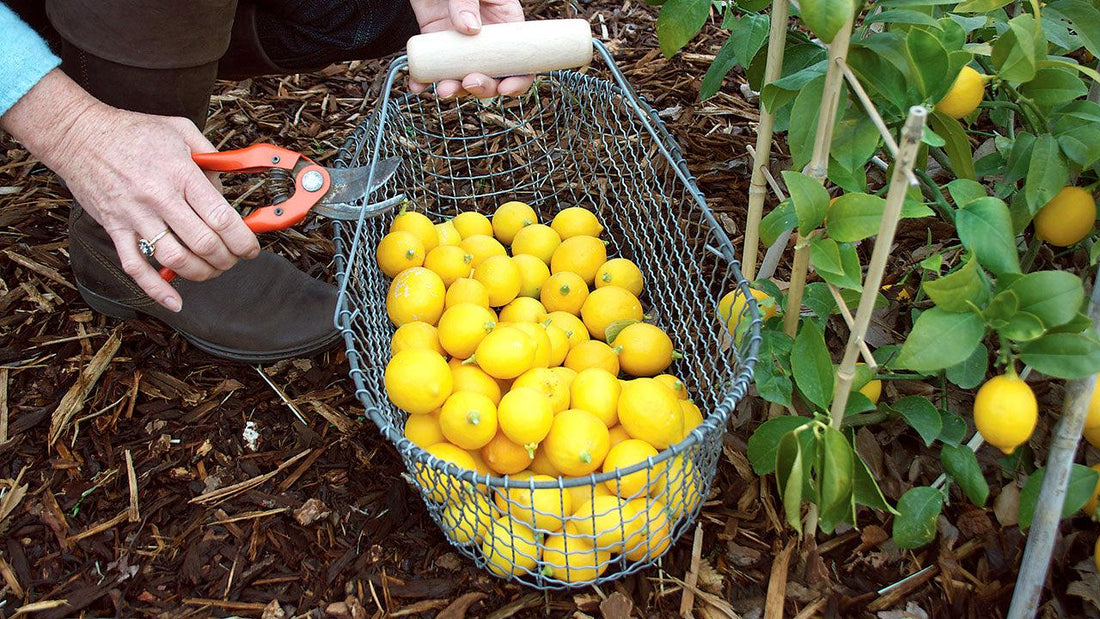


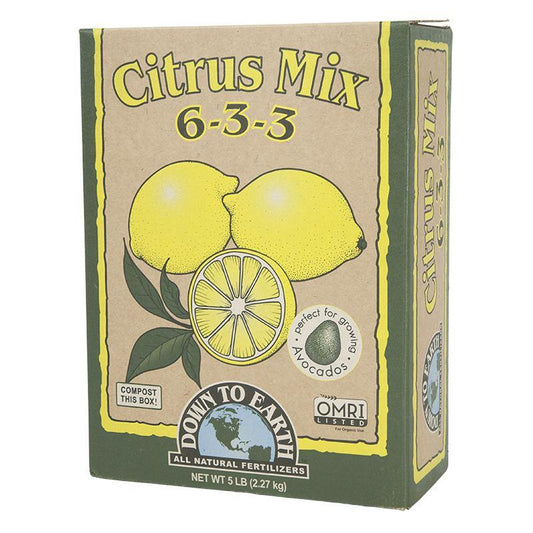
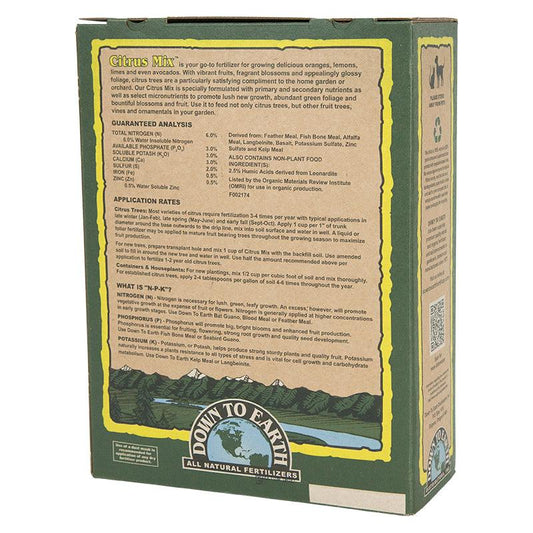
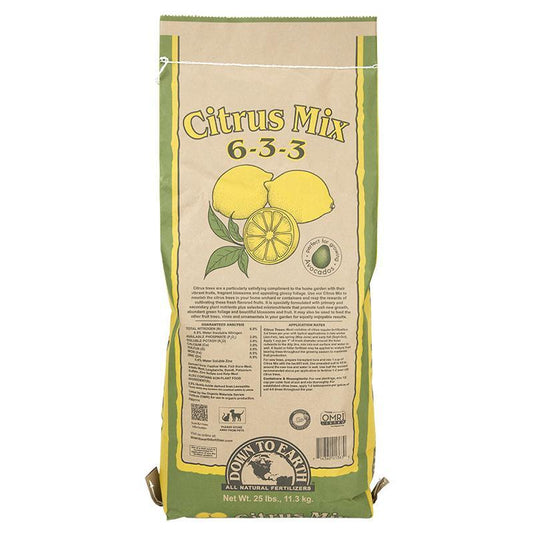
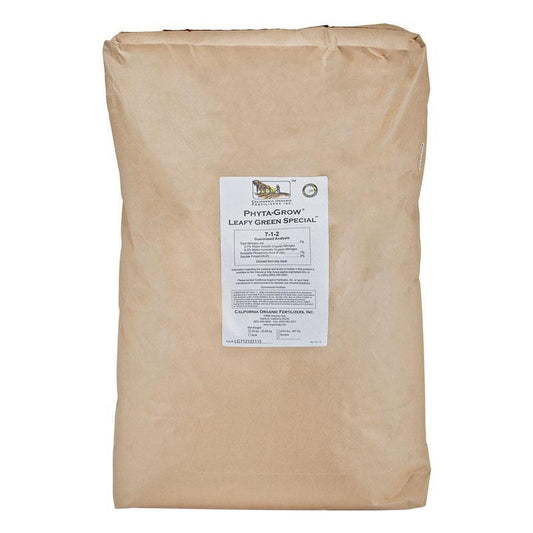
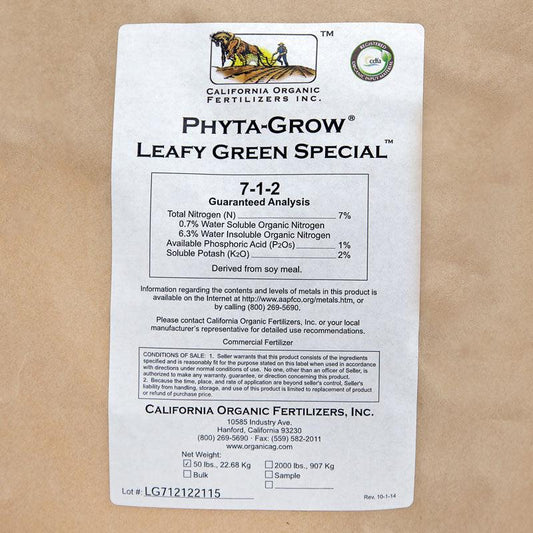
69 comments
Rita, in order to figure out how to care for your lemon, you will first need to identify what pest is eating your tree. Try going out at night with a flashlight to see if you can see any insects. You can also take photos of the damage and consult your local Master Gardener.
Kathy, lemons in containers need to be fed more frequently than those planted directly in the ground. I would feed them according to the product label for container plants. Probably once a month. Usually that is the cause of no flowers.
I bought a Meyer lemon tree about 4 years ago. It blossomed that first year. I potted it up, have fertilized with citrus fertilizer, it sits in a south window in winter and is moved outside in summer. It has not bloomed since that fist time when I bought it. Do you have any suggestions on how to get it to bloom. It is in a 12" deep pot, get plenty of water and sun, is about 5’ tall.
Emmanuelle, sounds like your flowers are not getting pollinated. This is usually that is the cause of flowers just dropping. Try hand pollinating and see if that helps. It could also be a result of stress. Do you water and fertilizer your potted lemon regularly? Potted plants lose fertilizers and need to be fertilized more often than plants in the ground.
I have a potted Meyer lemon tree outside in my patio in zone 10a-10b I believe (Miami). It has flowered several times, lemons start to grow, but fall off quickly before reaching full size. Is there any reason this happens and can I do anything to make them reach full size?